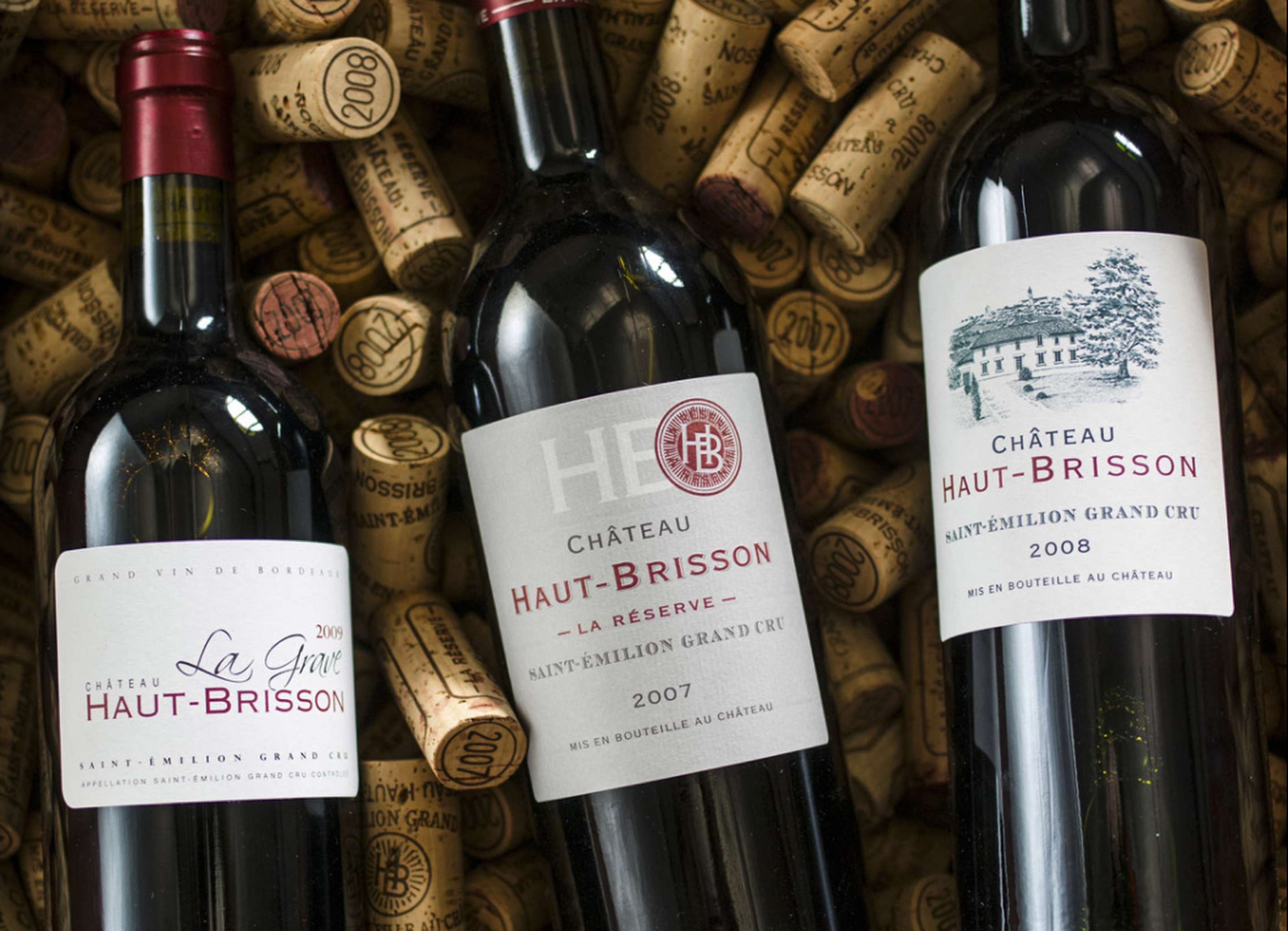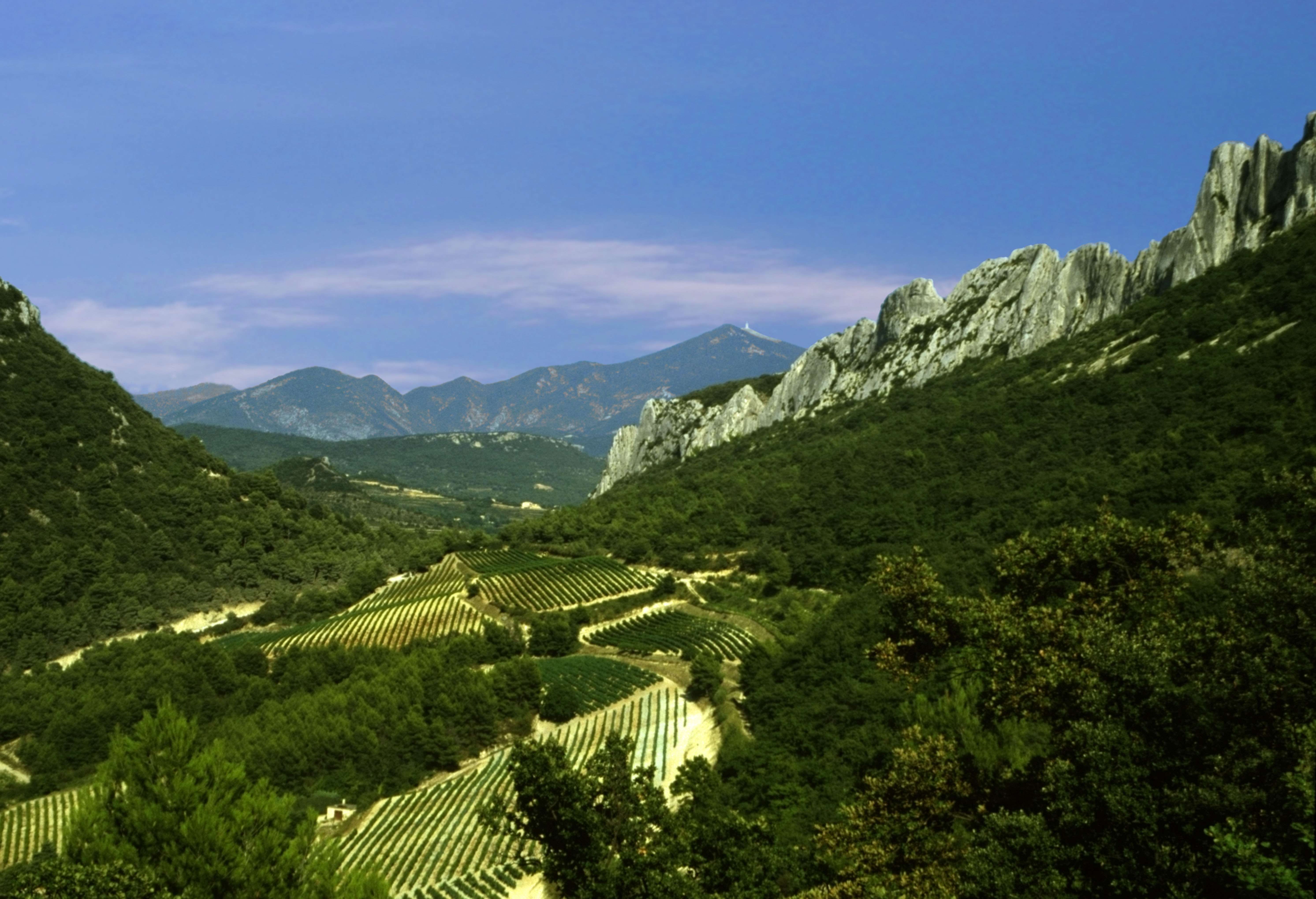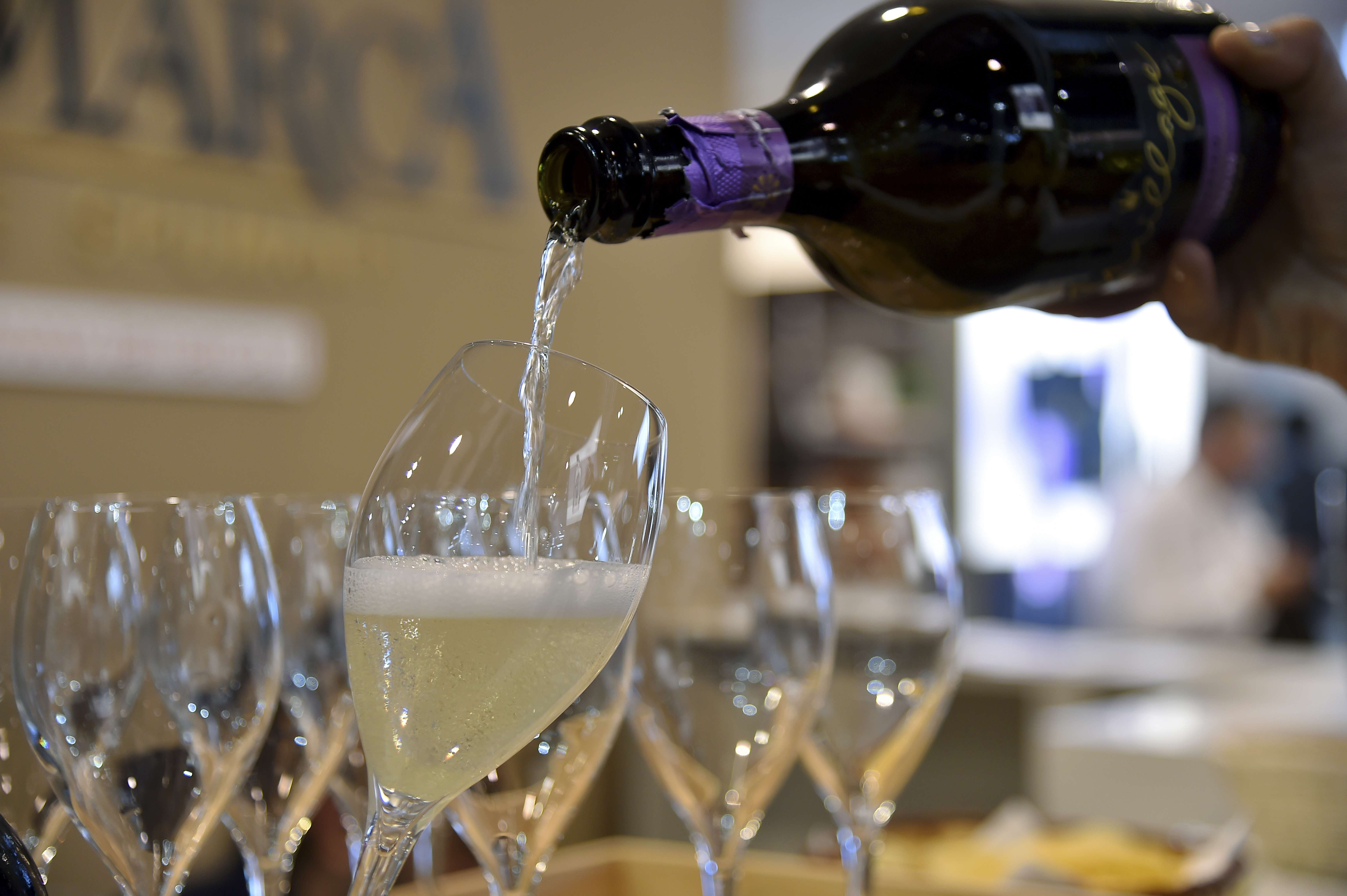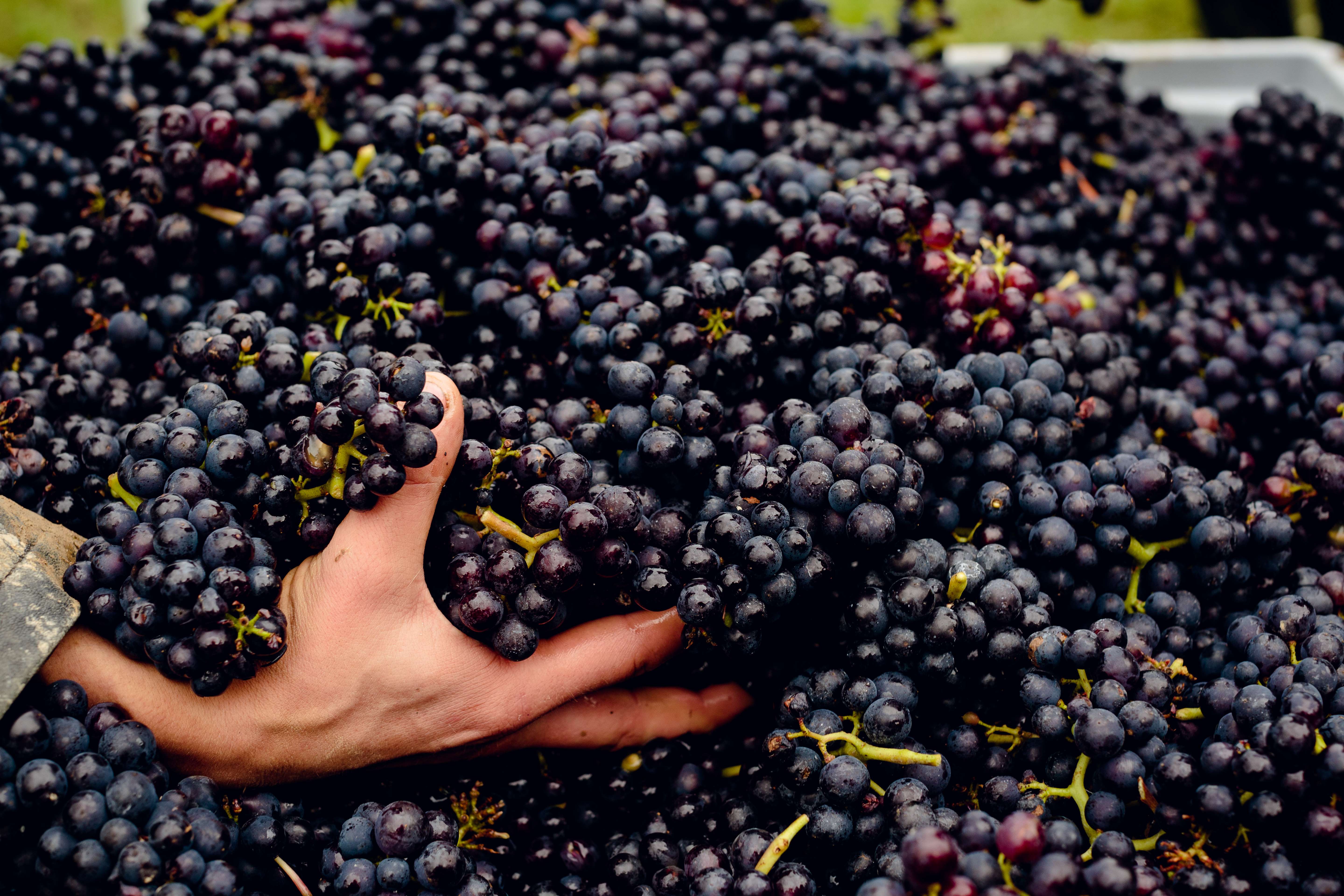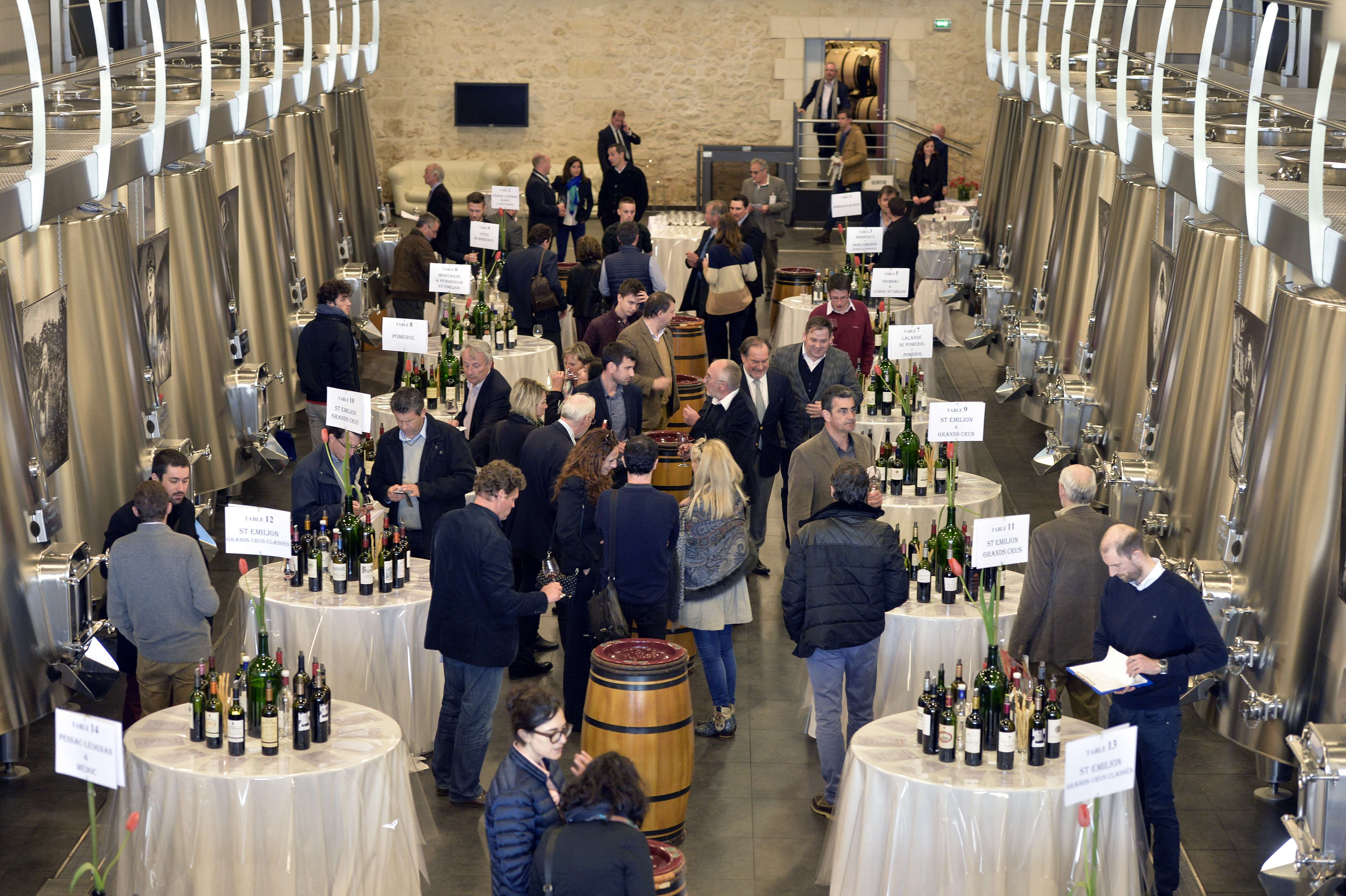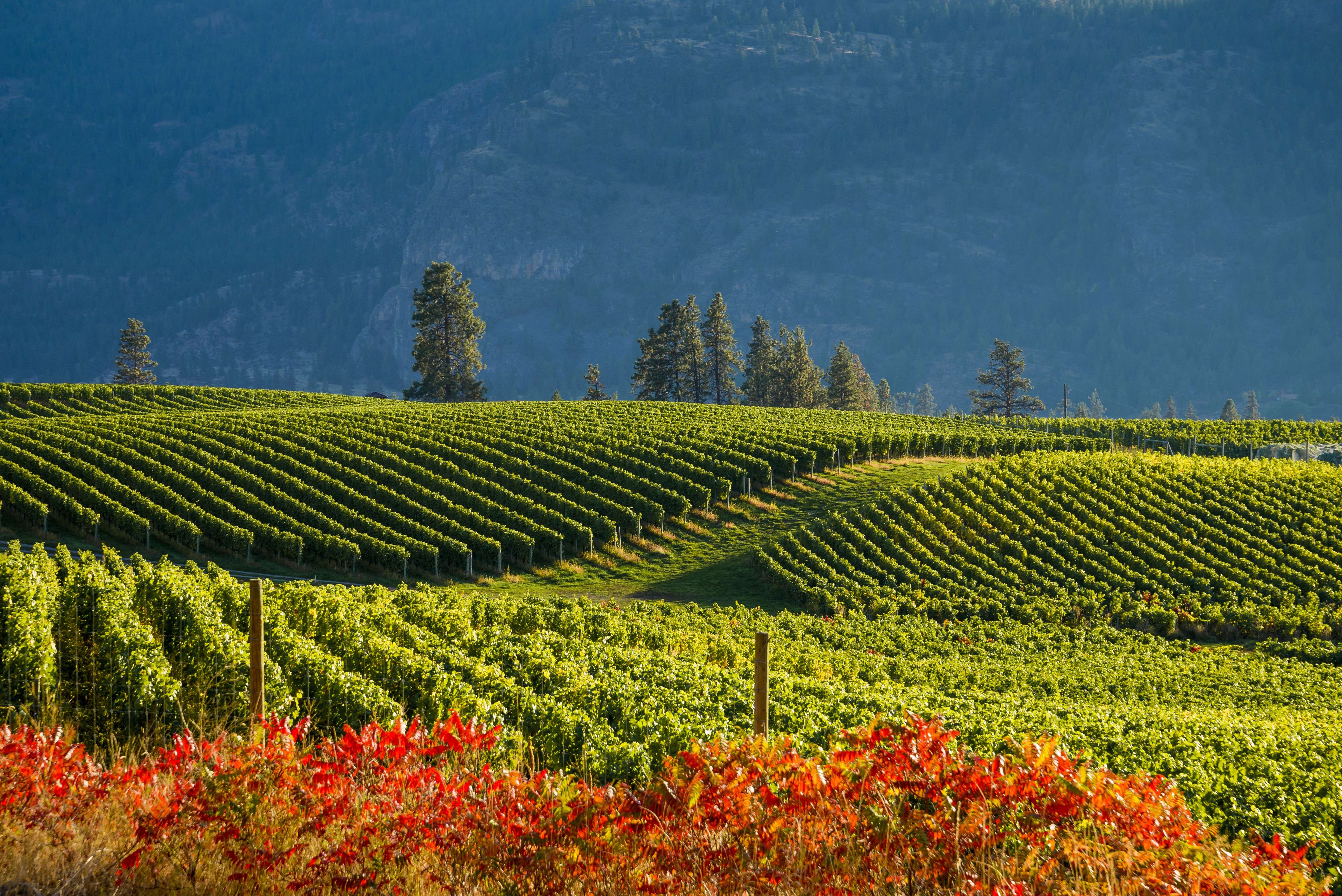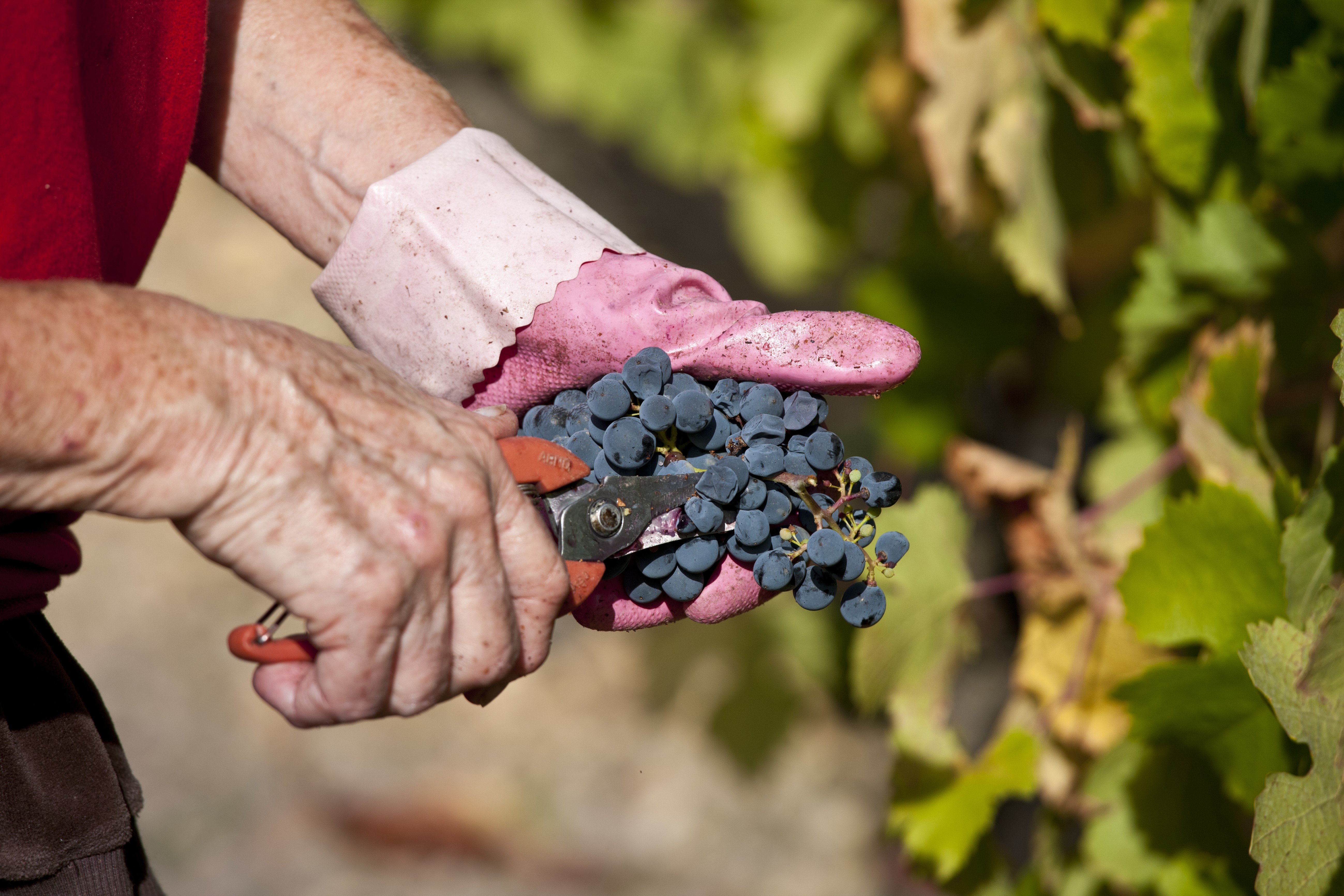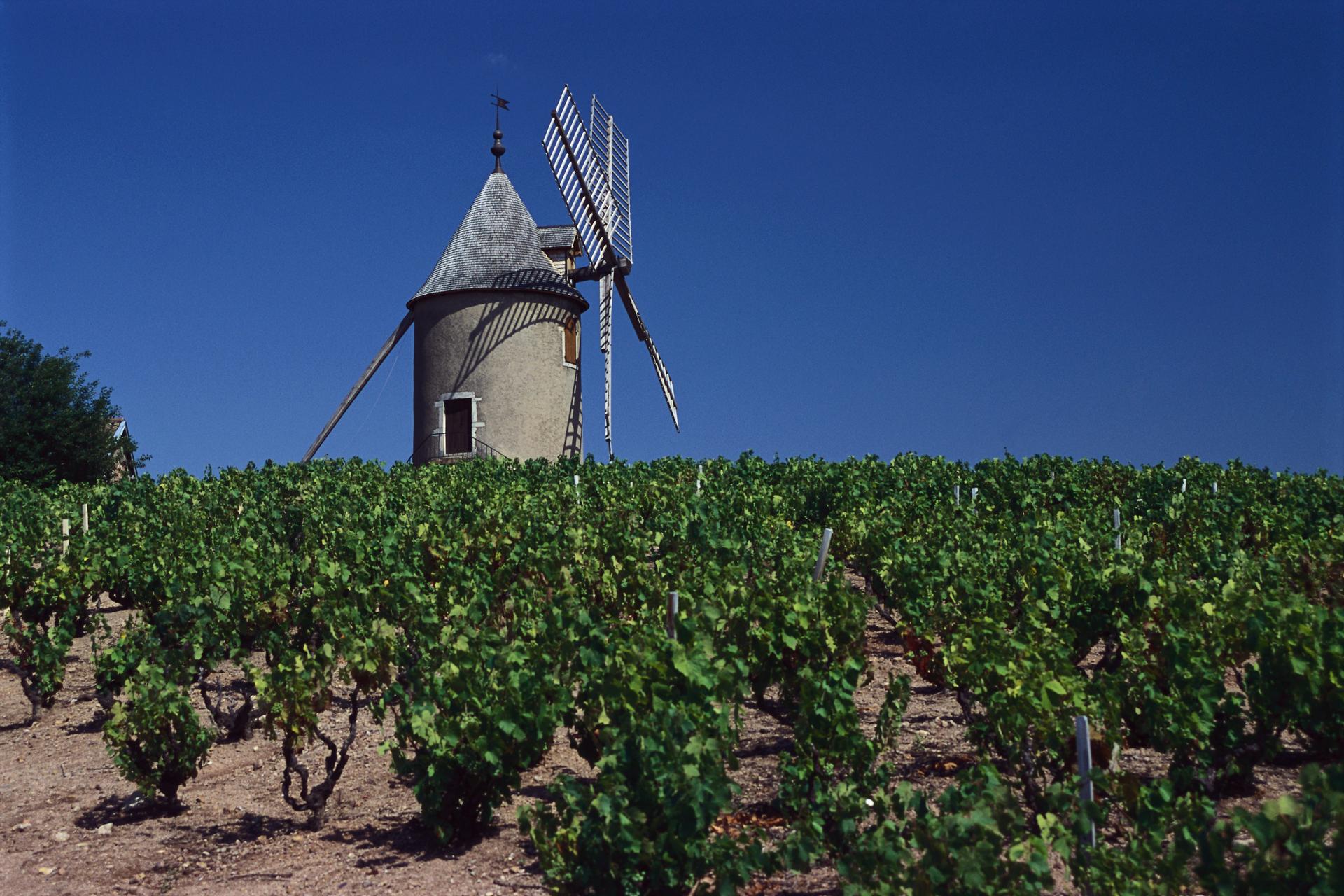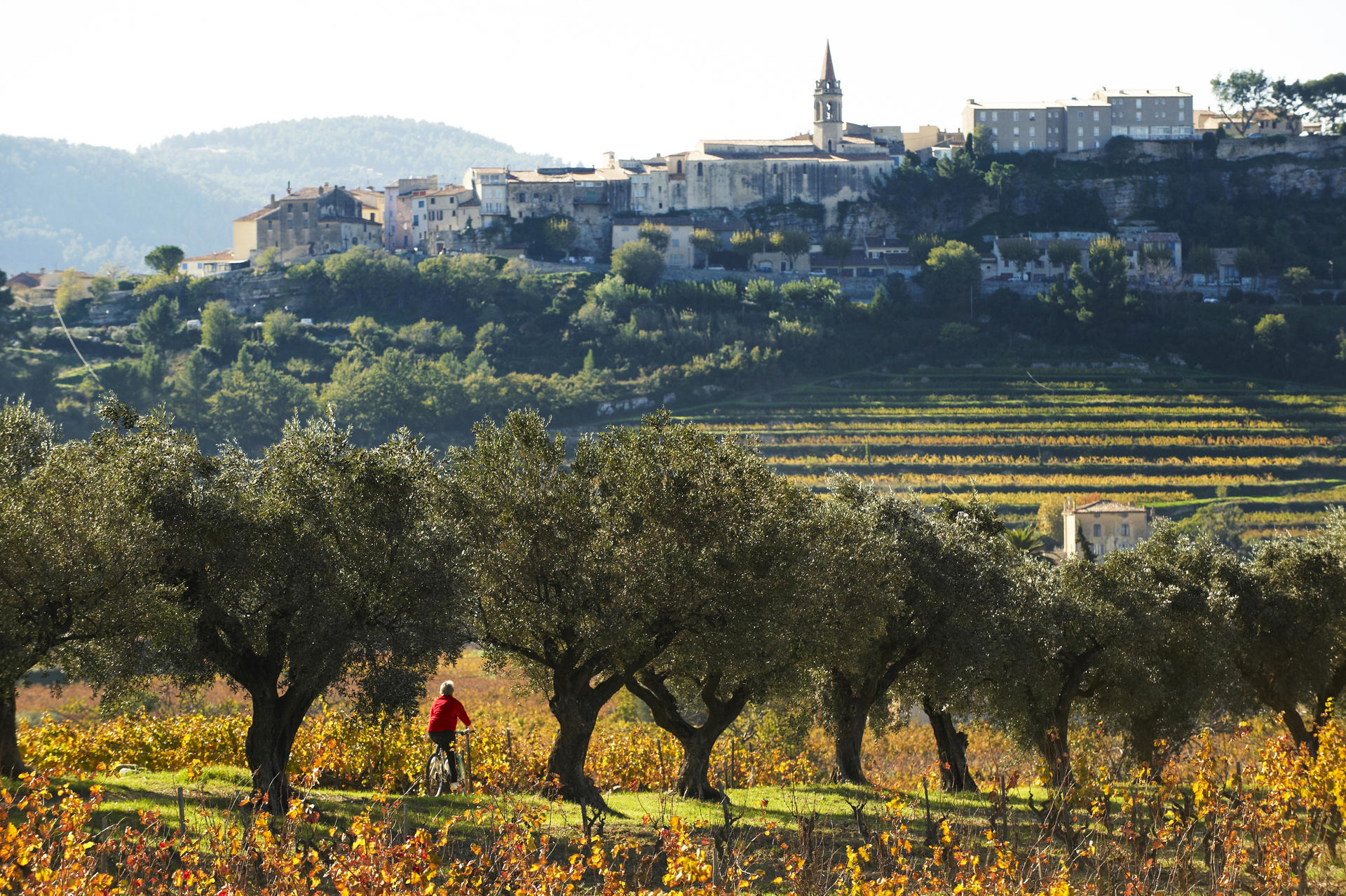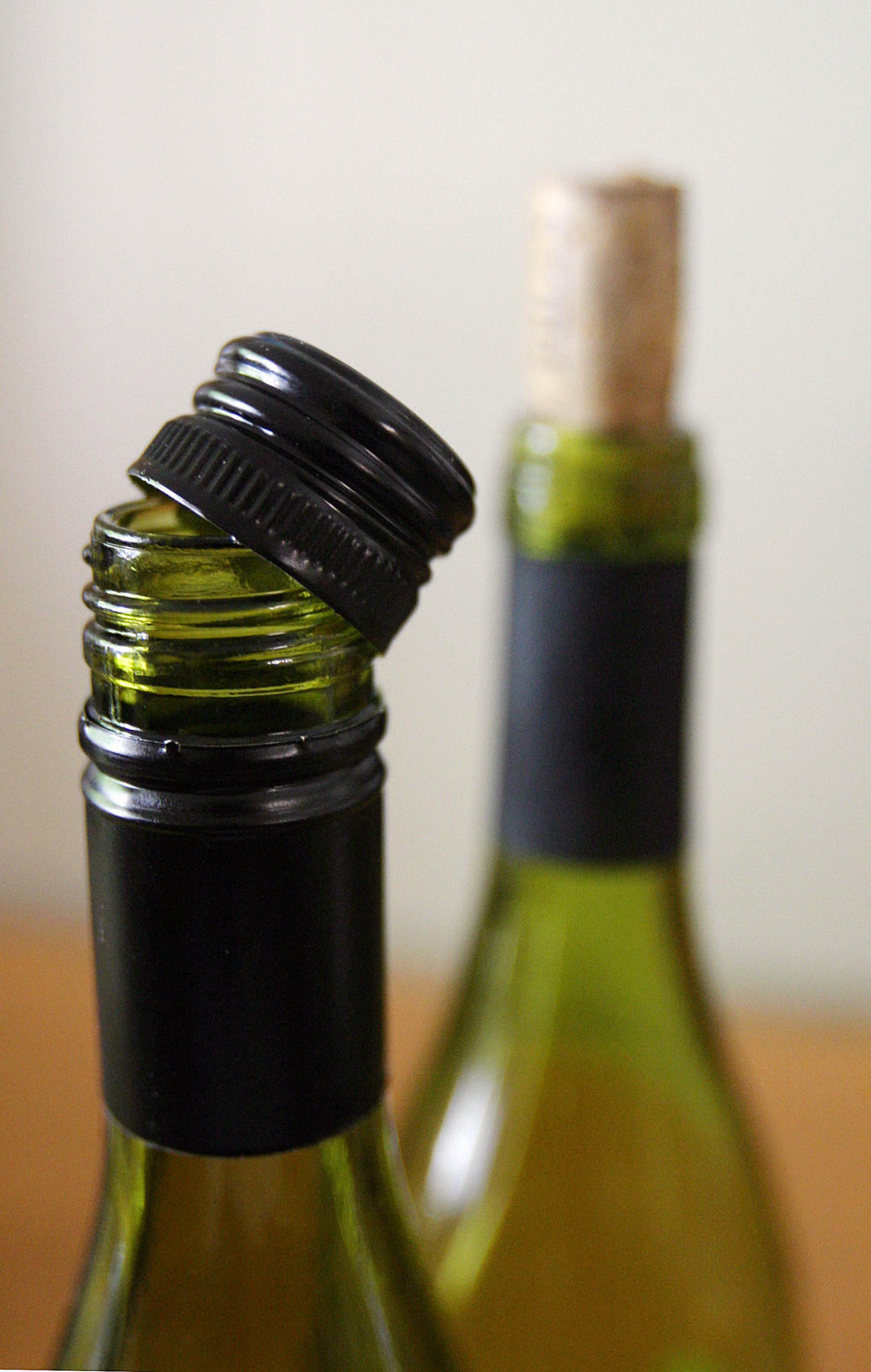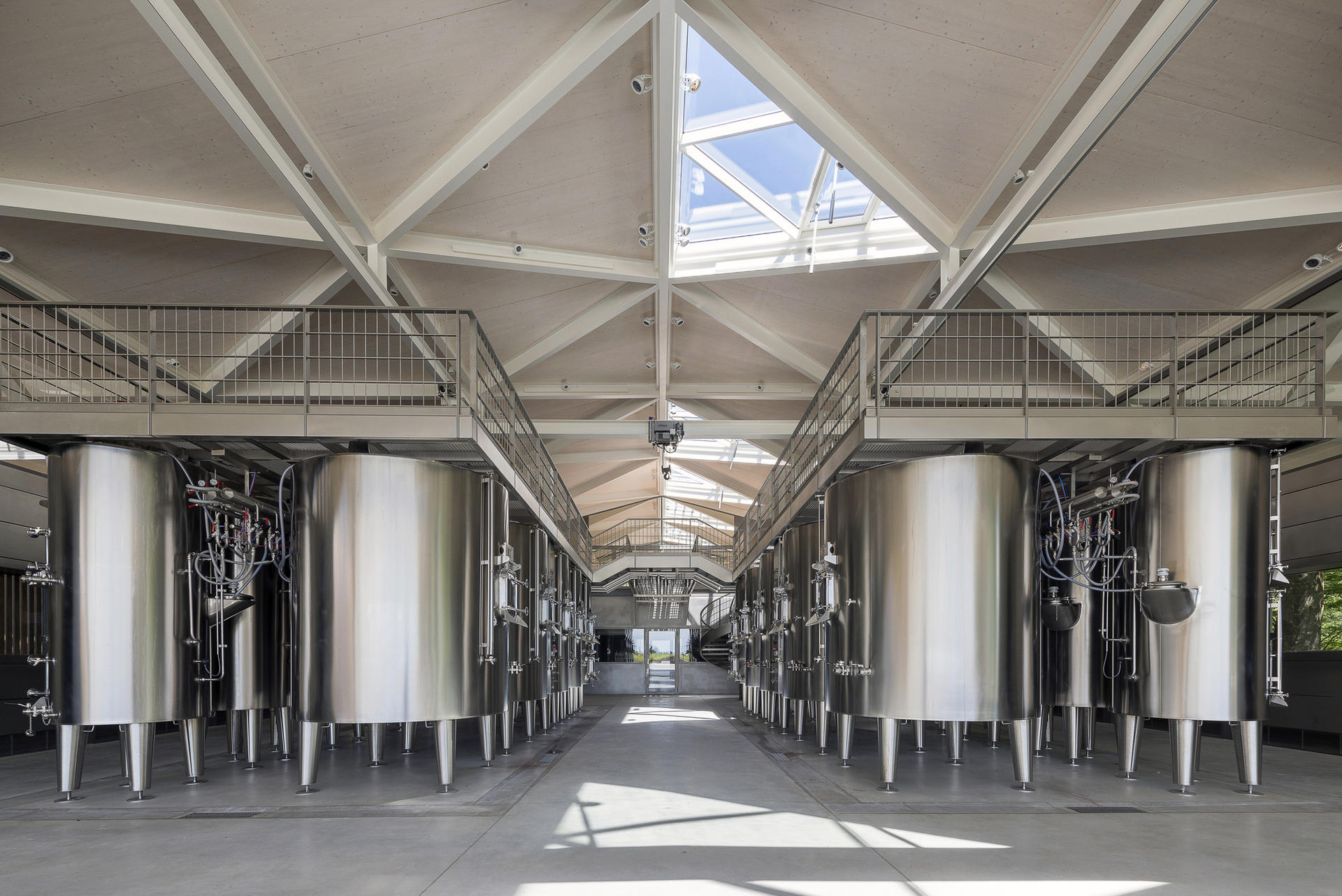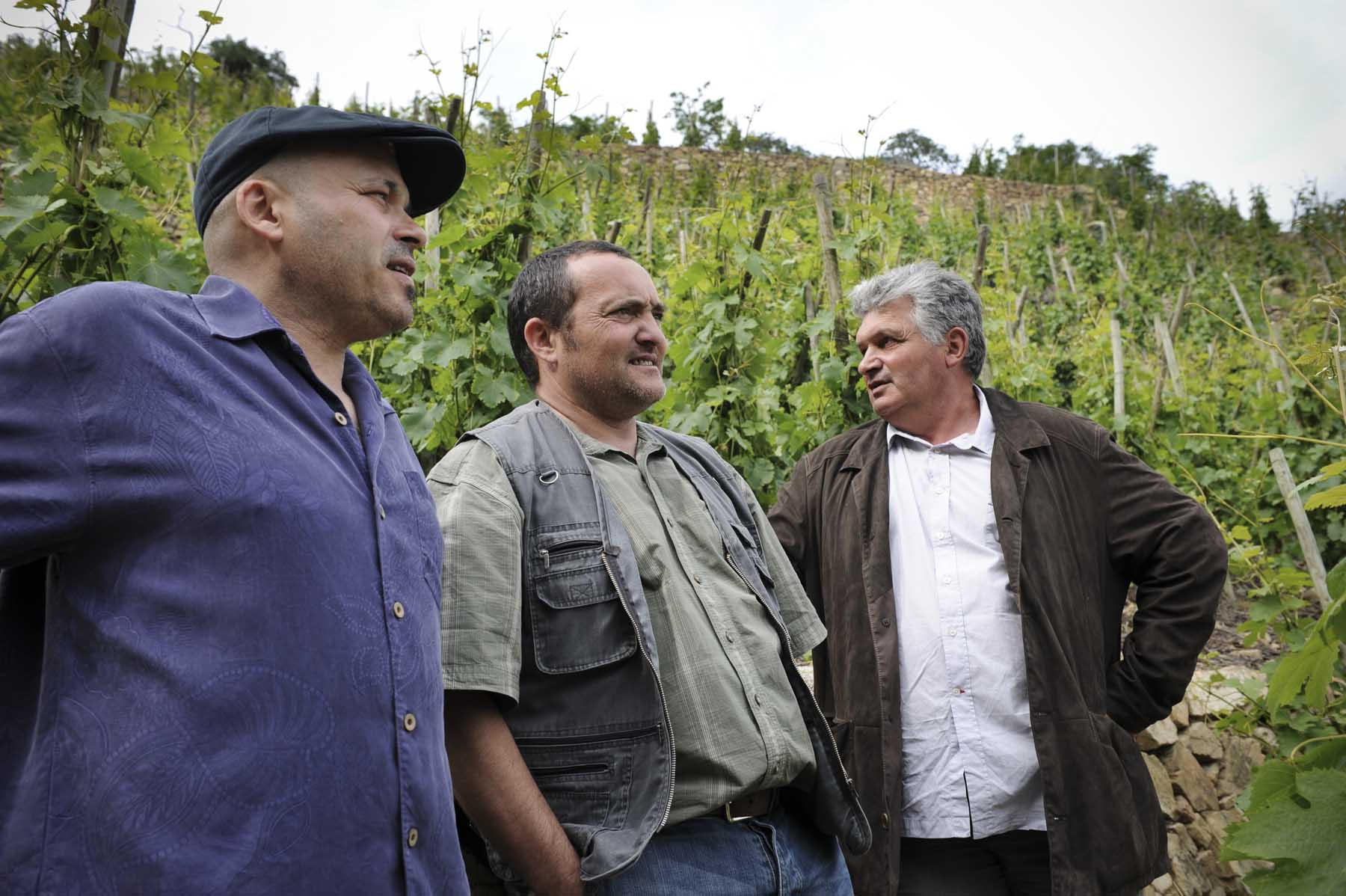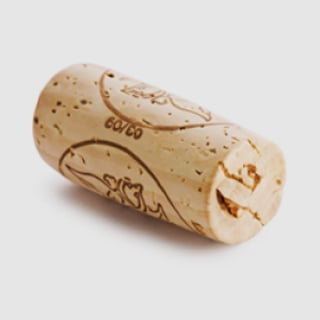
Argentina’s richest man and a serial vineyard buyer, Alejandro Bulgheroni is making sure his Chateau de Langalerie and Chateau Suau estates in Bordeaux produce the best quality wines while building a sustainable business
Currently plying her trade at Chateau de Cabidos in southwest France, Méo Sakorn-Sériés explains how Thailand offers her a greater opportunity to teach others about winemaking than to do it for herself
Following calls from prominent winemakers such as Artadi’s Juan Carlos López de Lacalle for labels to focus on geography, the Spanish wine region has introduced an overhaul – but it doesn’t go far enough for some
Stéphane Tissot and Jean-François Ganevat, leaders of the ‘Jura revolution’, are coming up with some stunning wines using one of the most ubiquitous grapes
Consistency at every price point – the newly released vintages show excellent structure, high levels of juiciness and ripeness that isn’t overdone. Here are our picks to look out for
The 2007 vintage showed marked differences between the Right and Left Banks, with some wines that are drinkable now, some that will need a few more years and others with underripe fruit or too much heavy oak
Aimé Guibert, the patriarch of Mas de Daumas Gassac estate, died last year, leaving behind a legacy of great winemaking at his family-run business
Drinking old wine can be a gamble, but an evening spent sampling 10 contrasting 50-year-old Bordeaux brings home the idea that a bottle of wine is a slice of time and place
A stop on one of the wine world’s most unusual world tours gives collectors the opportunity to have their bottles assessed and, if needed, topped up and recorked
Peter Kwok was the first Chinese investor in France’s premier winemaking region, and after 20 years, he is concentrating on the limestone terroir of his Right Bank vineyards
Some producers in France have given up their organic certification because of concerns over its rules, but a group of winemakers in the south of the country are fiercely proud of their natural methods
Jane Anson is blown away by the quality of sparkling wines being produced in Italy’s Piedmont region, which are distinguished by their second fermentation in the bottle – and names 3 to look out for
The pound’s fall as a result of Britain’s vote to leave the EU has pushed up costs for the country’s wine industry but made its exports more competitive, a leading producer says. We pick three English sparklers to try
Chile’s exports to the US and China are increasing year on year and producers such as Rothschild and Concha Y Toro are expanding to meet the demand
Left bank/right bank split is so pronounced it’s almost as if there are two 2015 vintages, and with quality generally high there is value and ageing ability to be had without going to the top estates
More renowned for producing that wonderfully sour-sweet drop known as ice wine, the home of the maple leaf also turns out some very good French vintages
Winemakers want to prove there's more to Beaujolais wines than people think
Fire, floods and a tornado - in France - affected vineyards just before harvesting in what's predicted to be a vintage year. Champagne, Burgundy and Bordeaux escaped unscathed, though.
Maria José Lopez de Heredia, a fourth-generation winemaker in Haro, capital of Rioja Alta is committed to traditions that are untouched by modern science and yet produce bottles of enormous beauty.
These spicy, dark-fruited, Provencal reds, made using the mourvèdre grape, rank up there with the most venerable from Bordeaux, Burgundy and Rhone.
A Bordeaux winery has explained its decision to revert to corks by pointing to customers' view that screw caps are only fit for wine meant to be drunk young. Evidence suggests they are mistaken.
Students of architecture might traditionally consider a pilgrimage to Florence, Dubai, Miami or Tokyo to study the best examples of their craft. Very few would think about visiting a vineyard - but if they did, it would almost certainly be Rioja, the site of an architectural boom in the 1990s and into the 2000s with names such as Frank Gehry, Santiago Calatrava and Zaha Hadid adding modernist touches among the Spanish vines. The first stirrings that a similar revolution might be happening in Bordeaux began about 10 years ago, most obviously with the big-name, high-profile chateaux across the Médoc and Saint Emilion. If there's an owner of a 1855 classified estate that hasn't called in the architects over the past decade, I'd like to meet them.
Syrah turns into something quite extraordinary in the northern Rhone Valley. The powerful black pepper spice of syrah (or shiraz, as it is more usually known in Australia or South Africa) in warmer regions mutates into a floral white pepper elegance wrapped up in silky tannins. It's the alchemy of soil, altitude and microclimate. Basically, the syrah doesn't get hot enough, or relaxed enough, to bring out its wild side, but there are a few places in the world that can manage this trick.


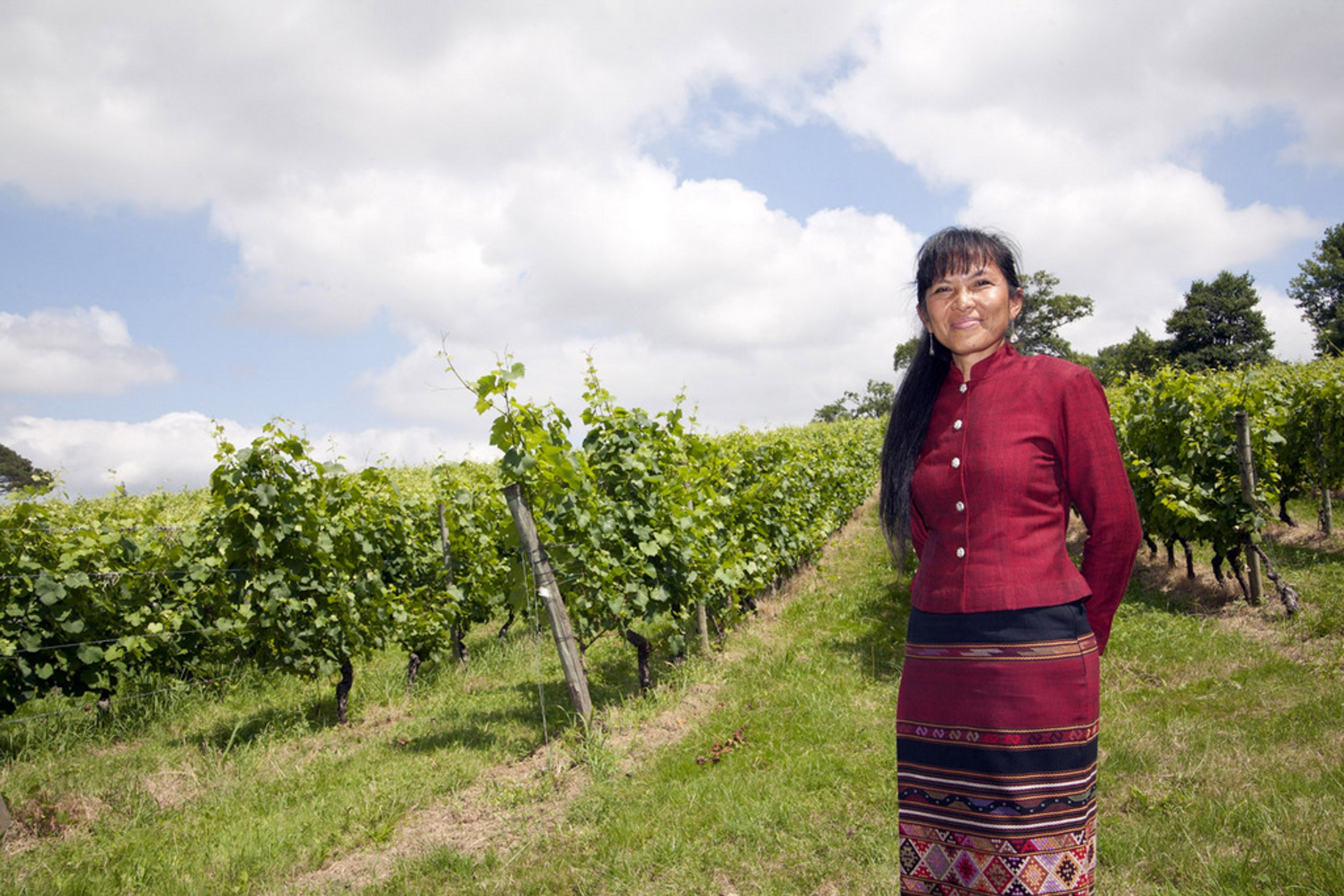

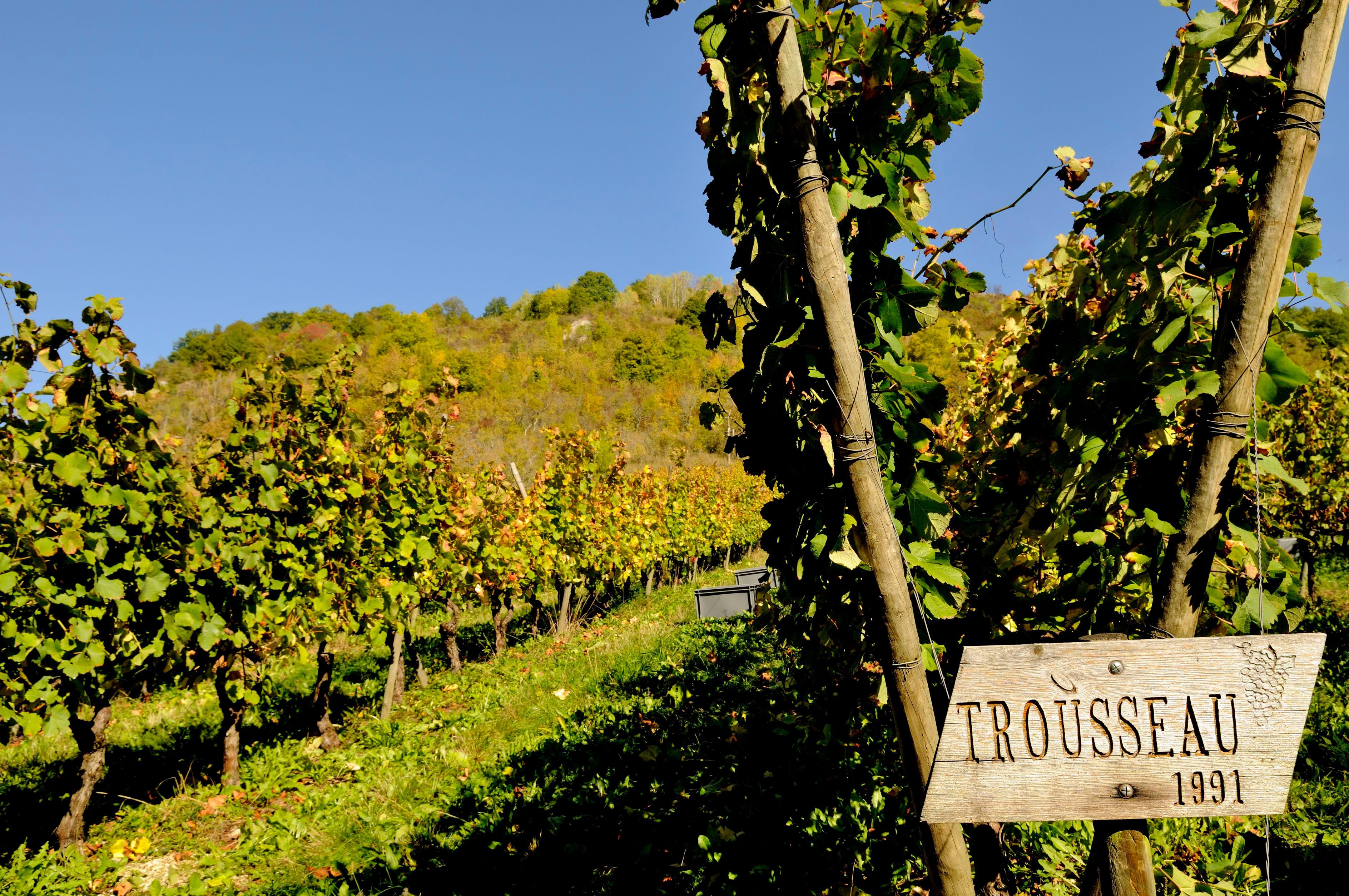
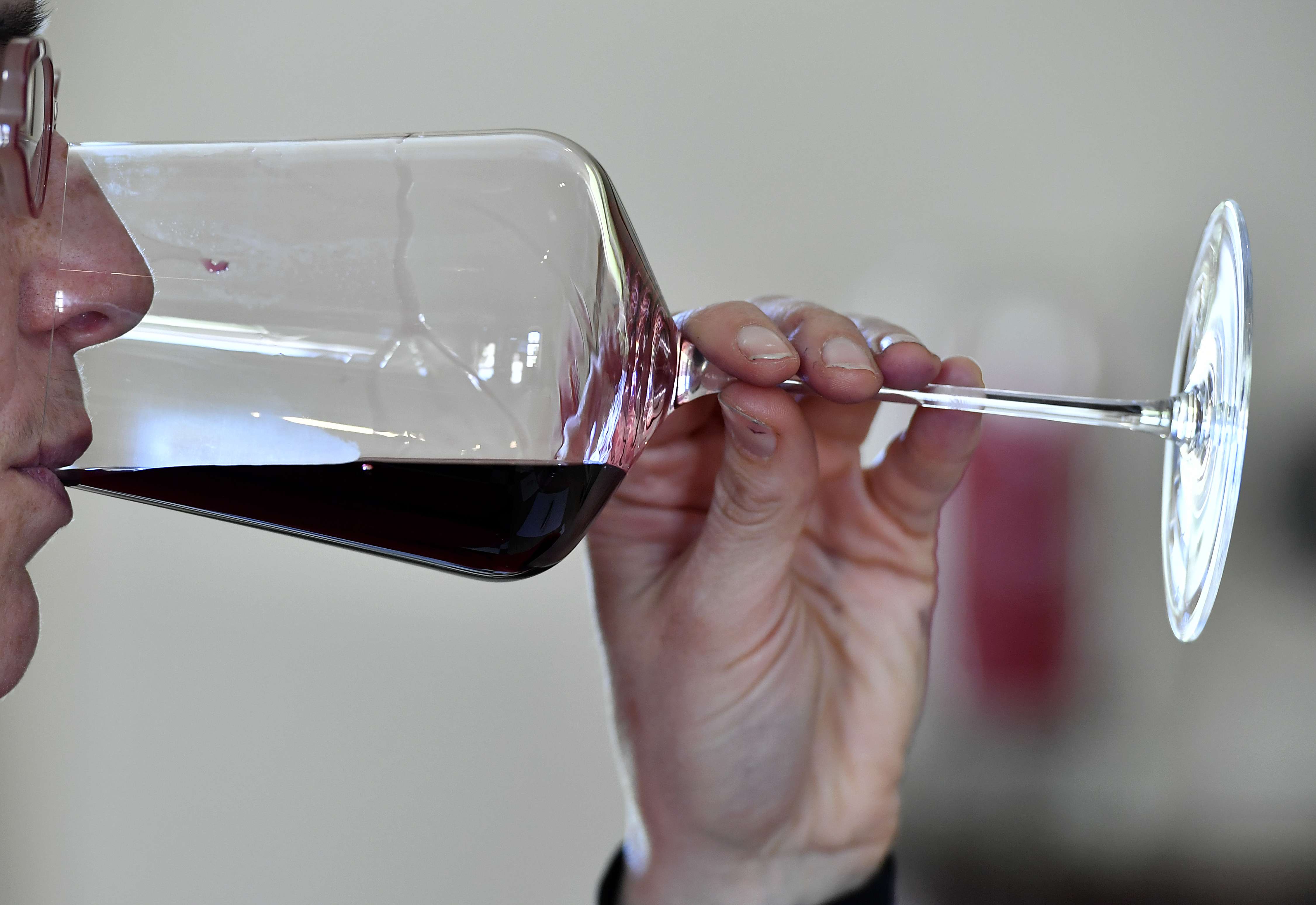
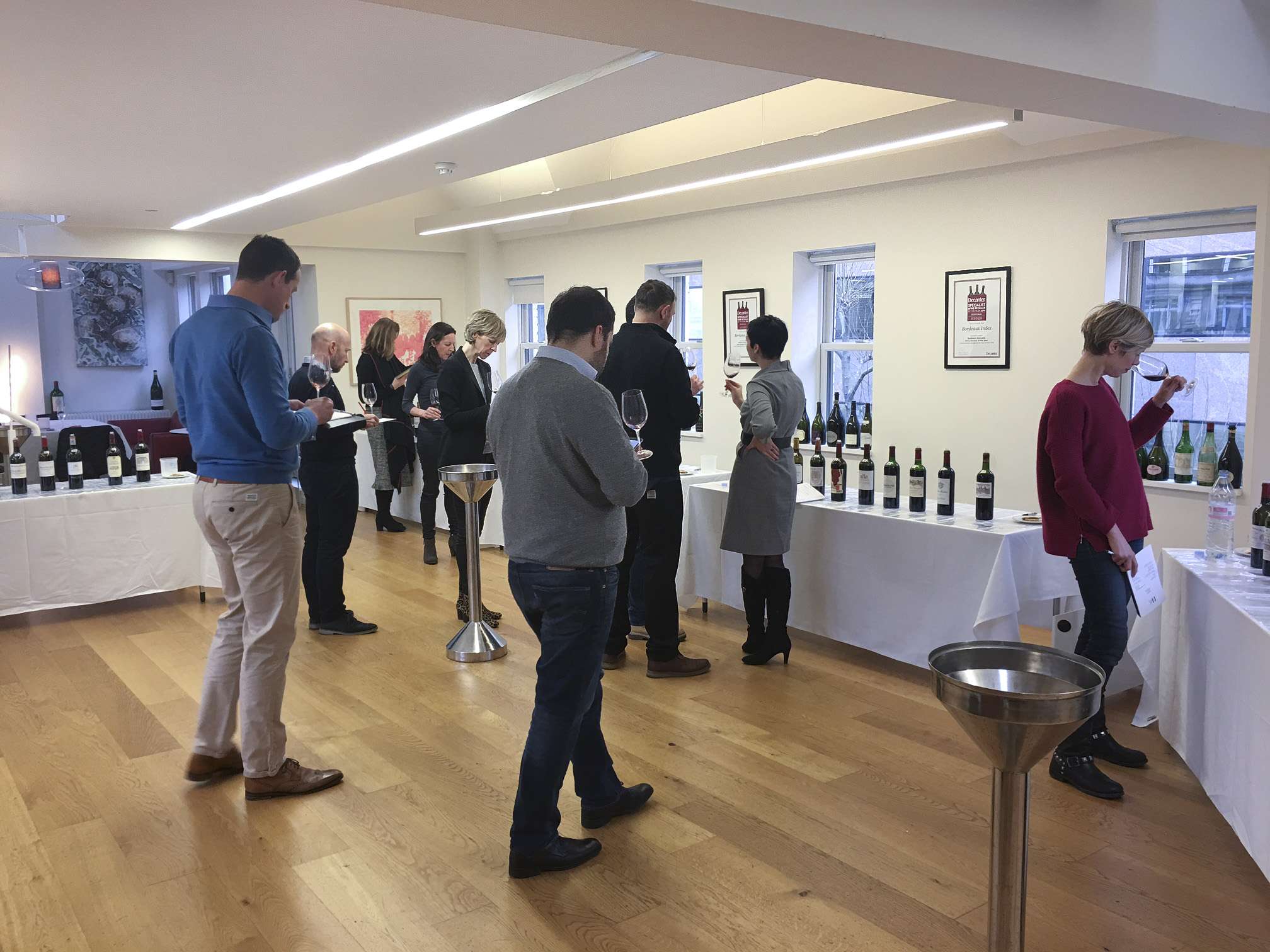
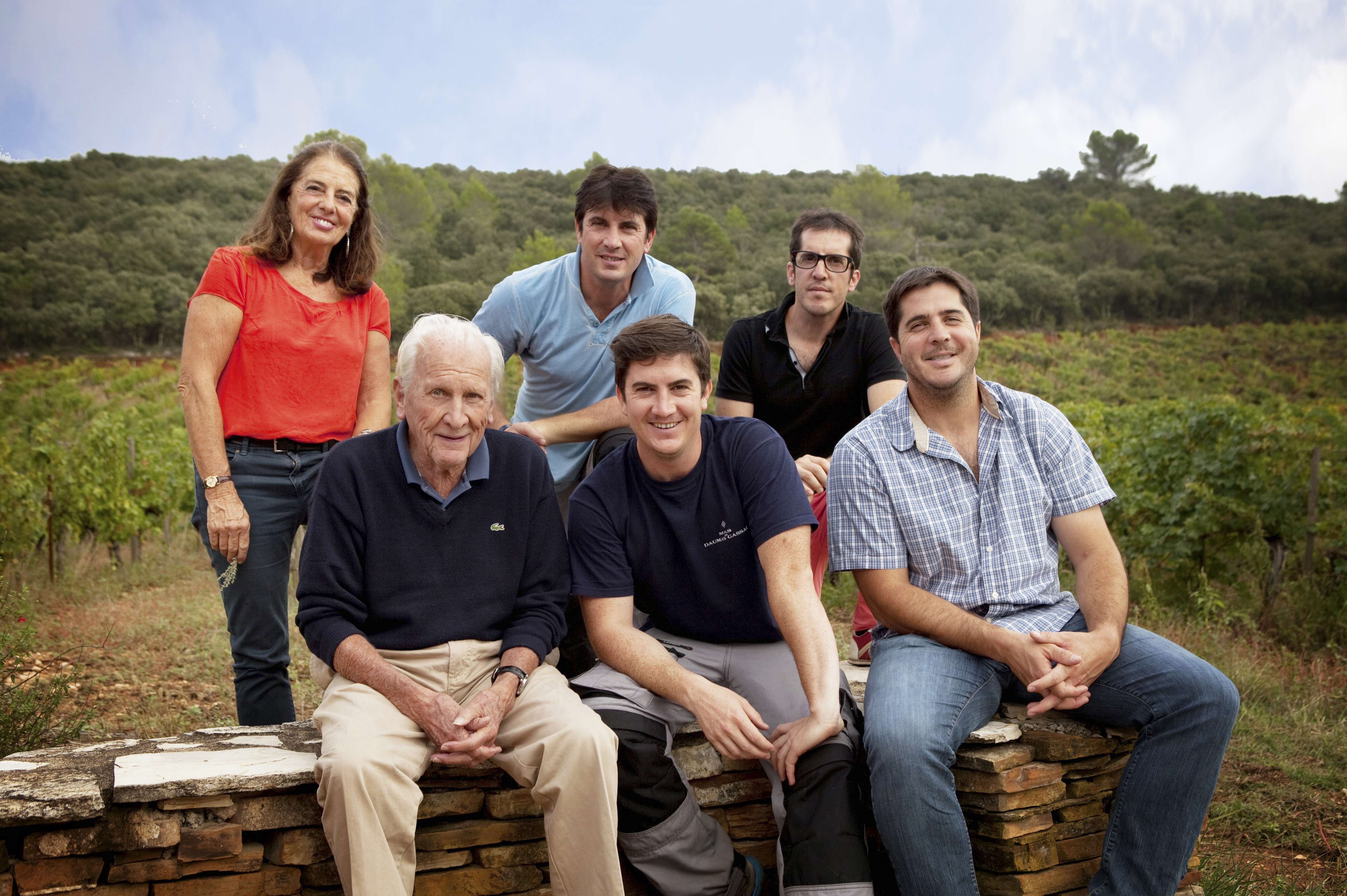
![--NO ARCHIVE, NO ARCHIVE, NO ARCIVE-- This handout image shows Chateau Gruaud Larose 1966 . Photo / HANDOUT [2017 FEATURES FOOD & WINE]](https://cdn.i-scmp.com/sites/default/files/images/methode/2017/01/03/82eeb3d2-c7f8-11e6-b0e3-e12c29c152ce_236x.JPG)

